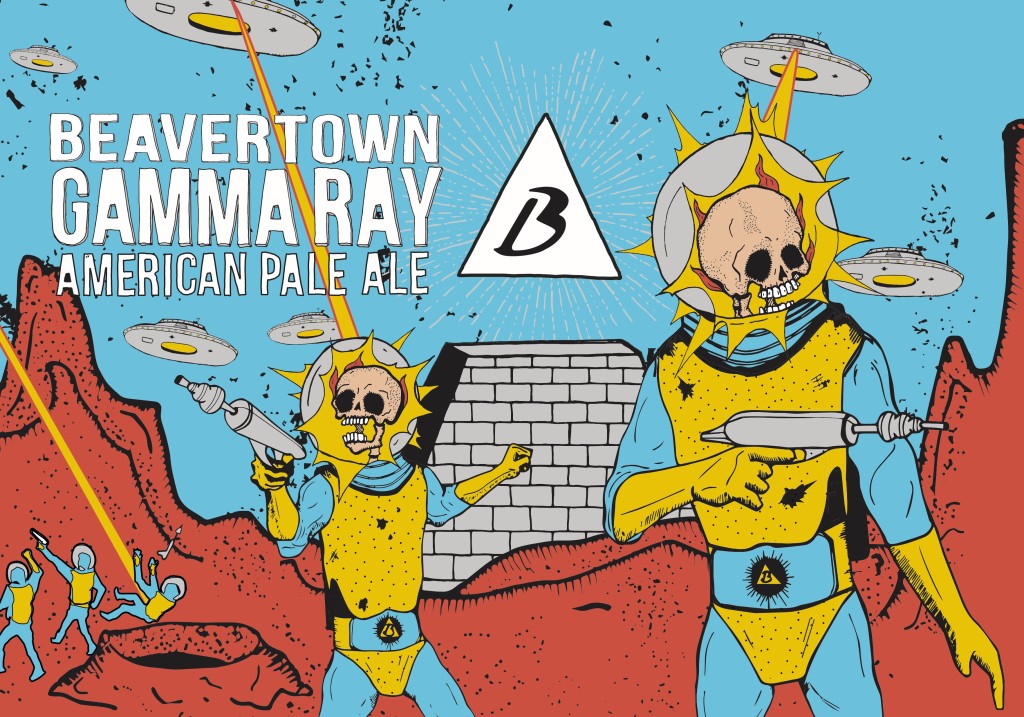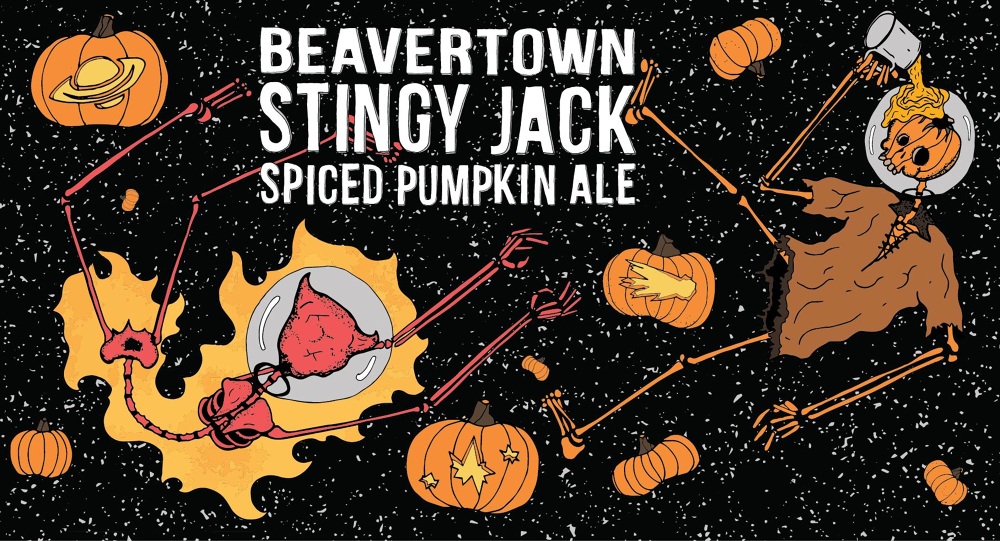
TBJ – The designs for many of Beavertown’s beers have changed and developed over time. Is this organic or has there been a concerted effort to reboot these?
ND – I cant think of a word that better describes any of our processes really. Most beers have been part of the alpha series at some point – our way of transparently trialling beers that we need some feedback on.
It used to be a longer process but we have really honed the parameters of what great beer is to us so it takes a lot less time for everyone here to agree we need to get it out to people as soon as possible. Initial designs may not suit how the beer has been carefully tweaked and cared for, meaning its time for a change in design too.
The whole point of having me at Beavertown is to carefully create designs that match how carefully designed the beer is. I mean for funk’s sake we work a microscopic level on the yeast and bacteria, why wouldn’t you want to represent that sort of care in packaging!
So essentially the developments come about either based on the beer reaching a standard it can be considered a core beer, and brought in line branding wise, or simply because we are canning it, and it doesn’t allow for as much detail in the artwork as may have been on the bottle label.
TBJ – Do you work with Logan and the team when new beers are being developed to formulate ideas for the design, or is that something you work on once the name and style of beer are settled on?
ND – It’s 100% collaborative across the whole of the business and that’s what makes it great. The beer is conceived, a recipe is developed, something tasty is brewed, and then we all drink it and come up with some questionable names.
Following that, somebody sensible walks in and gets it in one. I mean, the original core beers were all based on concepts and ideas and then carefully thought out – like ‘Neck Oil’, what Logan’s Grandfather used to call his after work beer. I call it “necessary to stop the shakes” now but each to their own.

